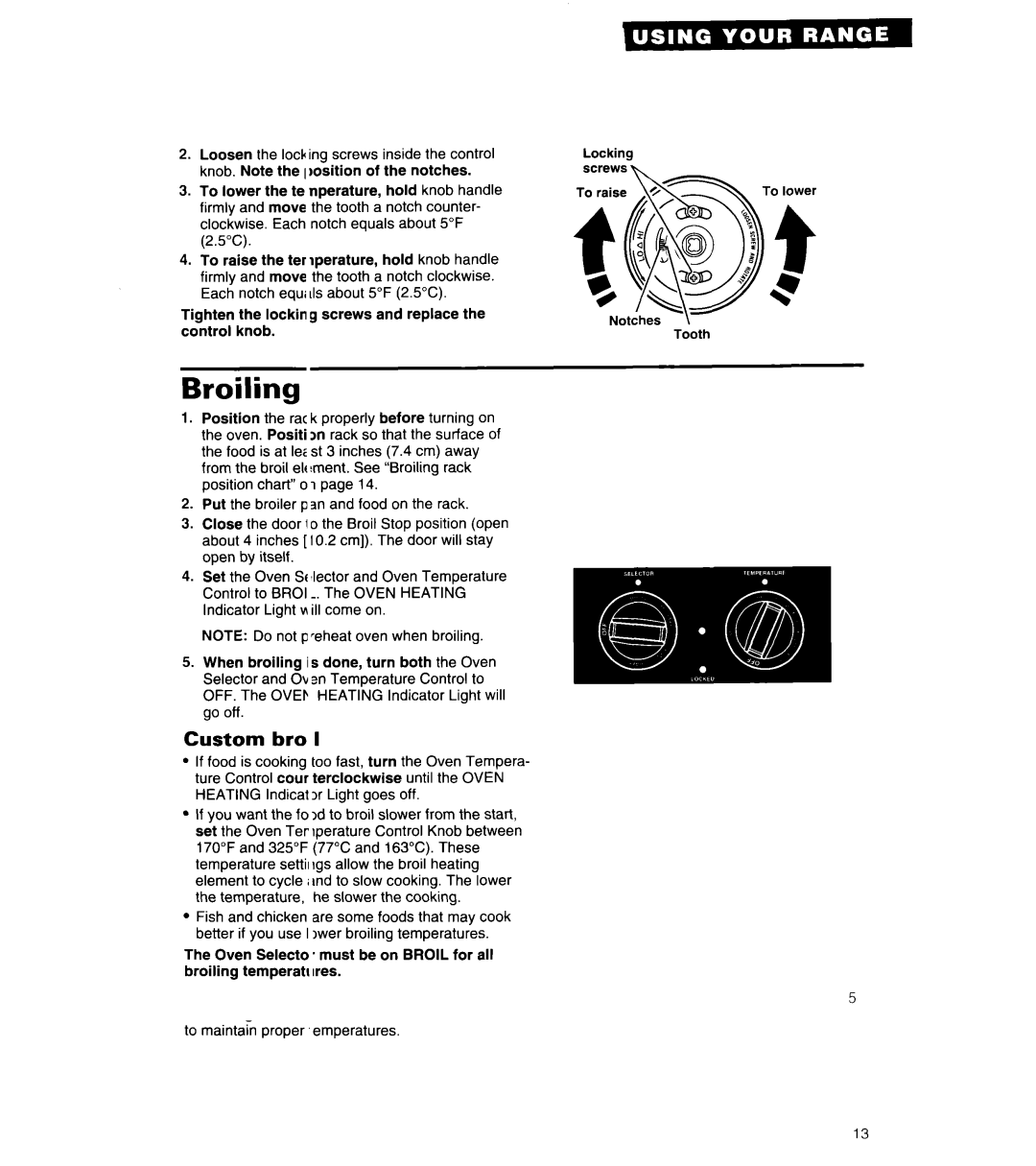RS6606XY specifications
The Whirlpool RS6606XY is a state-of-the-art refrigerator that embodies the perfect balance of design, functionality, and advanced technology. Tailored for modern kitchens, this model combines innovative features to enhance user convenience while ensuring food preservation efficiency.One of the standout features of the RS6606XY is its 659-liter capacity, which provides ample space for all your culinary needs. The fridge's layout is intuitively designed with adjustable shelves and spacious compartments, making it easy to organize groceries. The crisper drawers come equipped with humidity control, which allows users to maintain optimal moisture levels for fruits and vegetables, prolonging their freshness.
Equipped with Whirlpool's 6th Sense Technology, the RS6606XY boasts advanced sensors that detect temperature fluctuations within the fridge and freezer. This innovation not only helps to maintain consistent cooling but also optimizes energy consumption, making it an energy-efficient choice for consumers. The Energy Efficiency Class of this model typically falls within A or A+, reducing both energy bills and environmental impact.
The fridge features a multi-air flow system that ensures even distribution of cold air throughout the compartments. This technology helps to maintain a stable temperature, ensuring that all food items stay fresh for longer periods. Additionally, the RS6606XY incorporates an anti-bacterial filter, which actively reduces the growth of bacteria inside the refrigerator, contributing to a cleaner and healthier storage environment.
Another remarkable feature is its sleek and modern design, characterized by a stainless steel finish that blends seamlessly with any kitchen décor. The intuitive touch control panel allows users to adjust settings with ease, providing quick access to temperature settings and special features like fast freeze mode, perfect for rapid cooling of newly purchased groceries.
Additional elements such as LED interior lighting enhance visibility inside the fridge, making it easier to find food items. The door is also equipped with a water and ice dispenser, providing instant access to chilled water and crushed ice, a welcome addition for families that enjoy refreshing drinks.
Overall, the Whirlpool RS6606XY represents a fusion of practical technology and stylish design, making it a valuable addition to any contemporary kitchen. With its numerous features and advanced functionalities, this refrigerator emphasizes efficiency and user-friendliness, standing out in a competitive market.

